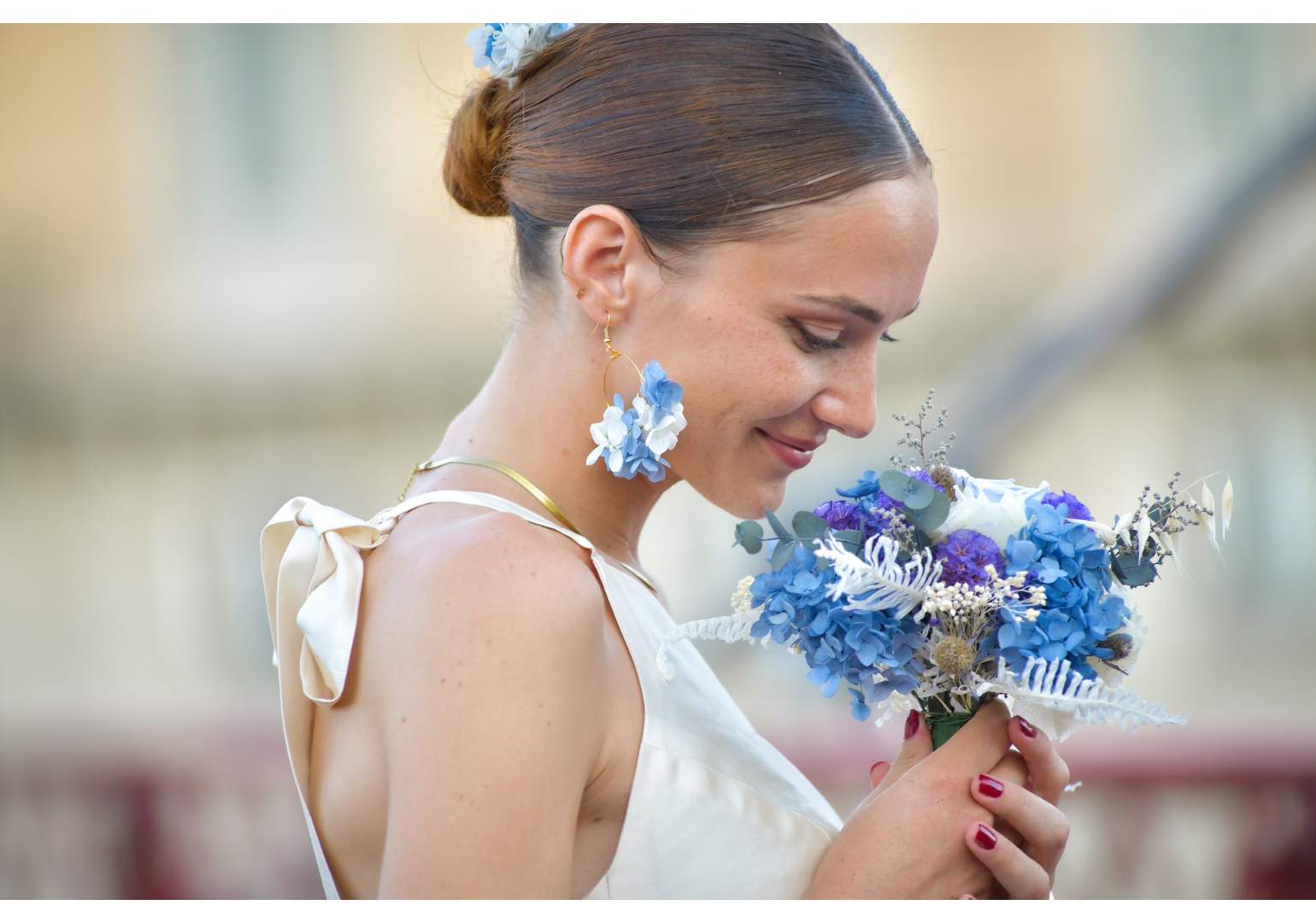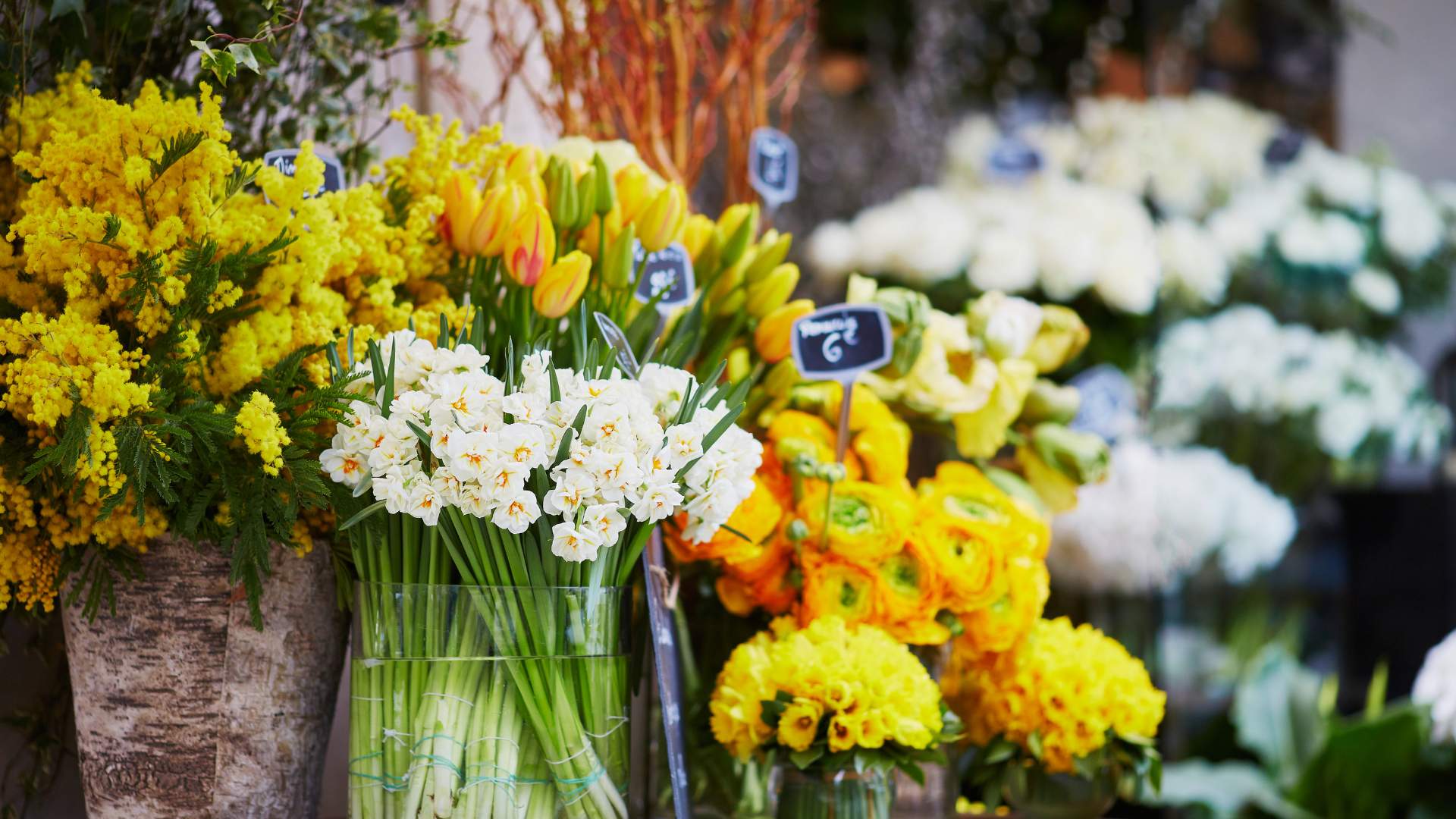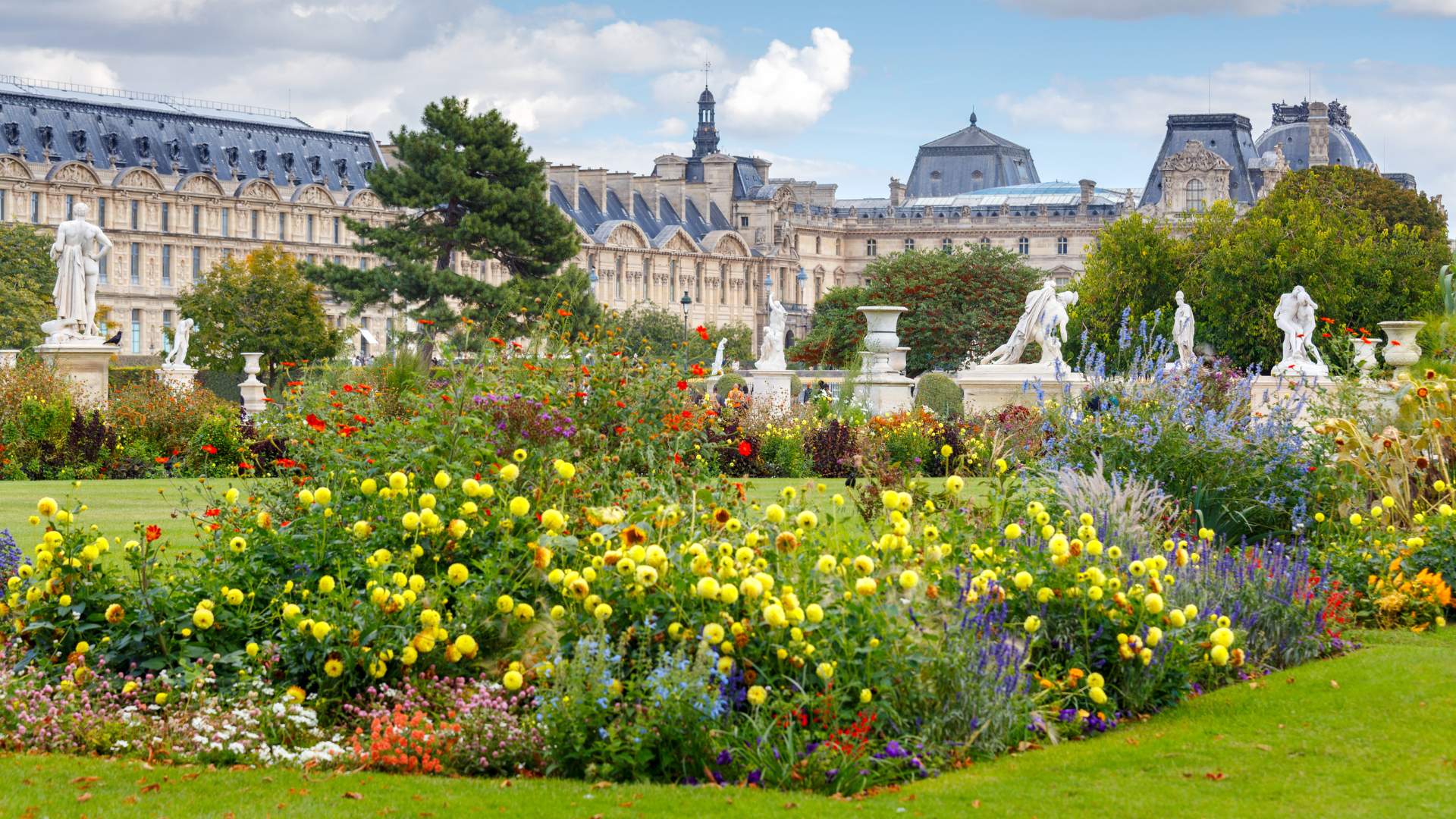Japanese floral art, better known as Ikebana, is akin to a silent dance between man and nature, a visual symphony where flowers become messengers of ephemeral beauty and profound harmony. Much more than a simple floral arrangement technique, Ikebana is a philosophy of life, an initiatory journey through flowers that invites contemplation, creativity, and the search for inner balance.
A heritage rooted in tradition and spirituality
Ikebana has its roots in 6th-century Buddhist rituals, in which flowers were offered to deities as a symbol of respect and devotion. Over the centuries, the practice has emerged from its religious context to become an art form in its own right, gradually taking root in Japanese culture and influencing all aspects of daily life, from interior design to official ceremonies.
The fundamental principles: a quest for balance and harmony
The very essence of Ikebana lies in the search for a perfect balance between three fundamental elements: heaven (Shin), man (Jin), and earth (Chi). This symbolic trinity represents the interconnection between the spiritual world, the human world, and the earthly world, inviting profound reflection on man's place in the universe.
- Shin (sky): Represented by the main stem of the composition, it symbolizes verticality, aspiration, and connection with the divine. The stem, often slender and graceful, rises toward the heavens, connecting the earthly world with the spiritual realm.
- Jin (man): Represented by the secondary branches, it symbolizes balance, harmony, and the relationship between man and nature. The branches, deployed symmetrically or asymmetrically, evoke the arms of man embracing nature.
- Chi (earth): Represented by the base of the composition, it symbolizes stability, rootedness, and connection with the nourishing earth. The base, often broad and solid, anchors the composition, connecting the whole to the earth that supports it.
A universal floral language: translating emotions through flowers
Ikebana is more than just an aesthetic arrangement of flowers. Each arrangement is a story told through the language of flowers, a subtle expression of the artist's emotions and feelings. The shape, color, texture, and arrangement of the flowers all contribute to conveying a unique and personal message.
- Shapes: Straight, slender lines evoke strength and virility, while soft, sinuous curves express femininity and grace.
- Colors: Bright, warm tones symbolize joy and passion, while pastel, delicate shades convey serenity and inner peace.
- Textures: Velvety, soft-to-the-touch petals evoke sensuality and tenderness, while rough, leathery leaves represent strength and resistance.
- Layout: A symmetrical arrangement symbolizes balance and harmony, while an asymmetrical composition expresses movement and dynamics.
A Multifaceted Art: The Schools of Ikebana
Over the centuries, many schools of Ikebana have developed, each with its own styles and techniques, reflecting the diversity and richness of this ancient art. Among the most renowned are:
- Ikenobo: The oldest and most influential school, characterized by simple, uncluttered compositions, emphasizing the natural beauty of flowers.
- Sogetsu: A more modern school that encourages creativity and the use of non-traditional materials, while respecting the fundamental principles of Ikebana.
- Shin Ikenobo: A school derived from Ikenobo that emphasizes individual expression and creative freedom, while preserving the traditional values of Japanese floral art.
More than a technique, a philosophy of life
Ikebana is not just a flower arrangement technique, but a true philosophy of life that invites us to contemplate the ephemeral beauty of flowers and to seek harmony between man and nature. Regular practice of Ikebana allows us to develop patience, creativity, sensitivity, and respect for the world around us.
A path to knowledge of oneself and the world
By practicing Ikebana, the individual embarks on an initiatory journey through flowers, a process of self-discovery and the world around them. Each composition becomes a mirror of the soul, reflecting the artist's emotions, thoughts, and aspirations.
- Develop patience and concentration: Carefully arranging flowers requires patience, concentration, and attention to detail. The mind calms, thoughts drift away, leaving room for attentive presence in the present moment.
- Stimulate creativity and self-expression: Ikebana offers a space of creative freedom where the artist can express themselves without limits. Rules and techniques serve as a framework, but imagination and intuition are the main guides.
- Cultivate sensitivity and respect for nature: Working with living flowers awakens the senses and raises awareness of nature's fragile and ephemeral beauty. Each flower is unique and precious, and should be treated with respect and delicacy.
A practice accessible to all
Ikebana isn't reserved for an elite group of artists or connoisseurs. This discipline is for anyone who wants to embrace the beauty of nature, develop their creativity, and explore a deeper dimension of their being. With a little practice and perseverance, anyone can learn the basic techniques and create their own unique and refined floral arrangements.
Conclusion
Japanese floral art, or Ikebana, is much more than a simple floral arrangement technique. It is an initiatory journey through flowers, an invitation to contemplation, creativity, and the search for inner balance. By practicing Ikebana, individuals enrich themselves on a personal and spiritual level, developing a heightened sensitivity to the beauty of the world around them.
Far from being a practice frozen in time, Ikebana continues to evolve and inspire artists around the world. Its richness and depth make it an inexhaustible source of inspiration for all those seeking harmony and beauty in their lives.








